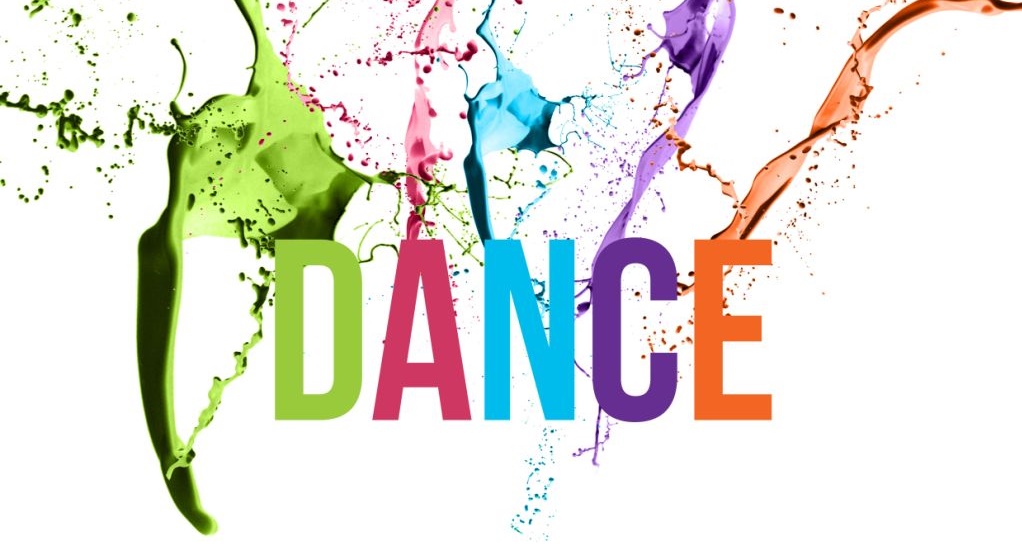-
- What is non-formal education
-
Non-formal learning includes various structured learning situations which do not either have the level of curriculum, syllabus, accreditation and certification associated with 'formal learning', but have more structure than that associated with 'informal learning', which typically take place naturally and spontaneously as part of other activities. These form the three styles of learning recognised and supported by the OECD.
Examples of non-formal learning include swimming sessions for toddlers, community-based sports programs, and programs developed by organisations such as the Boy Scouts, the Girl Guides, community or non-credit adult education courses, sports or fitness programs, professional conference style seminars, and continuing professional development. The learner’s objectives may be to increase skills and knowledge, as well as to experience the emotional rewards associated with increased love for a subject or increased passion for learning.
- What is a youth worker
-
Youth work has three essential features:
- Young people choose to participate
- The work takes place where the young people are
- It recognises that the young person and the youth worker are partners in a learning process
Youth work helps young people to reach their full potential. It encourages personal development, autonomy, initiative and participation in society. Youth work provides out-of-school education, as well as leisure activities managed by professional or voluntary youth workers and youth leaders. It is organised in different ways – through youth-led organisations, organisations for youth, informal groups or youth services and public authorities. Youth work is delivered in different forms and settings (eg open-access, group-based, programme-based, outreach, and detached) at local, regional, national, and European level. Its effectiveness has led to an increasing number of organisations – such as those working in youth justice and health improvement – to develop a youth work approach. This enables young people who might otherwise be alienated from support to get the services they need.
Dance and non-formal education

Why Dance?
The project started from the identification of a problem which involves the addressability of most persons and teens in self-improvement and psychotherapy, even when these conditions are absolutely necessary (increased unemployment of teens, anxiety and pannic attacks, deppresion which has a significant touch among youngsters, integration difficulties and poor access to edducation all of their lives, developing destructive behaviors – dependence of substance, gambling, internet). This fact is maintained because of people’s week informations and because of the outgoing non-difference between psychologist and psychiatrist. It has been proven that youngsters are more likely to respond to non-formal methods of work, and in conditions in which dance therapy and other expressive methods give significant results in anxiety dissorders, depression, low self-esteem, social isolation etc. Together, our partners and us considered that centralizing these benefits is vital and the transformation of art-therapy in a current practice in the youth field in a standardized form. Here also comes the need for the specialists in the youth field to have concrete, accurate and centralized data on the use of dance therapy and the practical exercises they can implement in their activities with the young generation. This kind of methodologies are existing more at american community level and less in Europe, that’s why there is a need for an adaptation of curricula to the cultural specificity.
Dance as universal language
Dance as non-formal education method
Dance Music Therapy uses movement and dancing for psychotherapeutic purposes, improving the individual’s physical and psychical integrity. It is based on the understanding that the process of the unconscious starts with body awareness and body movement. The psychological dimension of body awareness is characterized by the individual’s level to become aware of their body and to control it.
